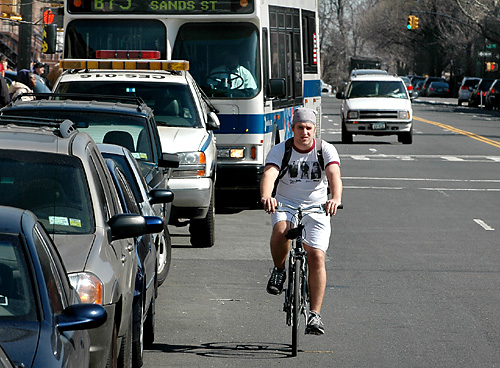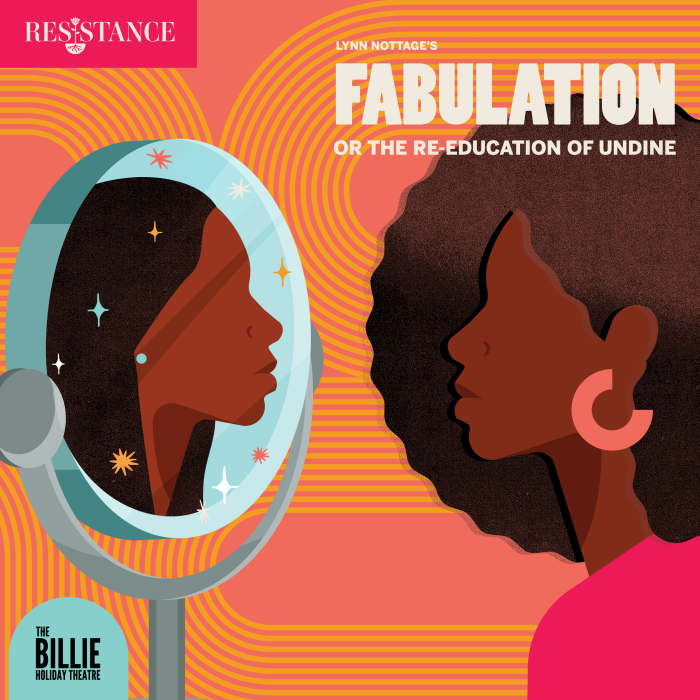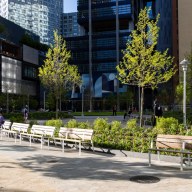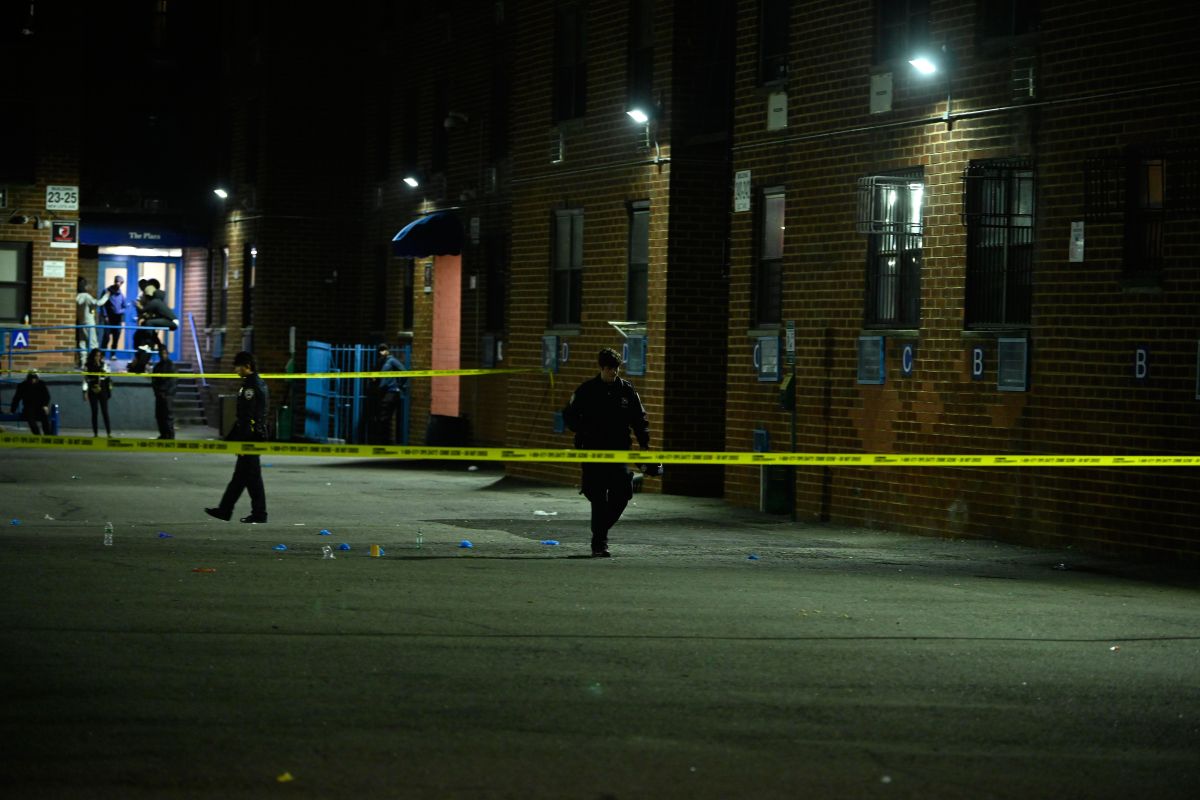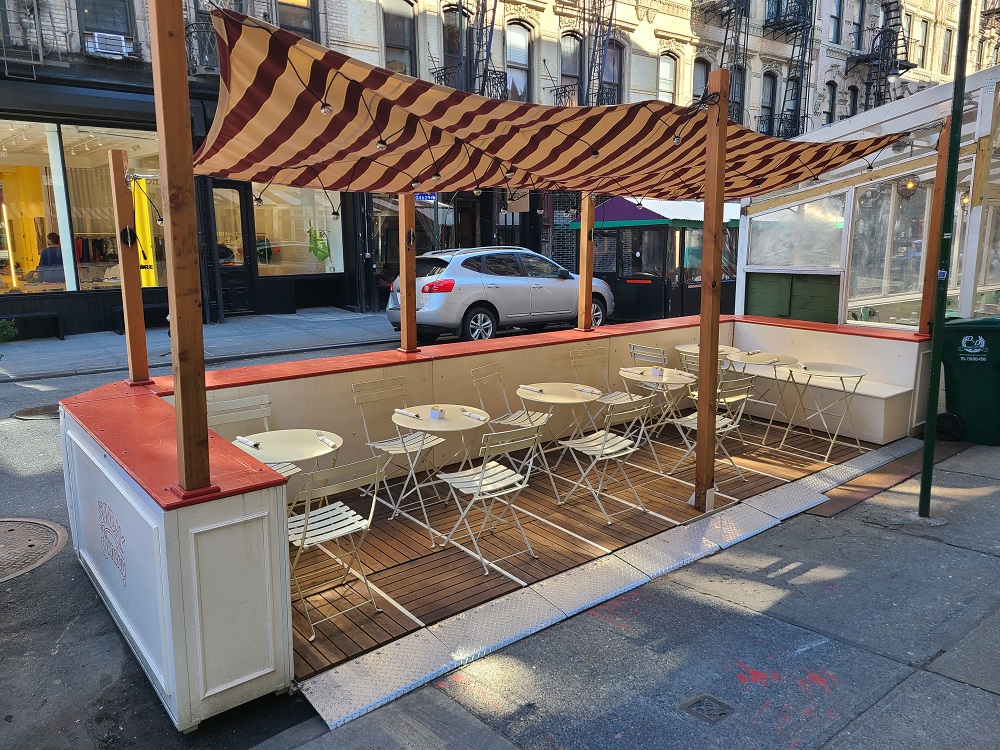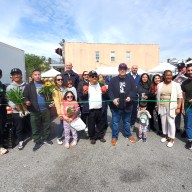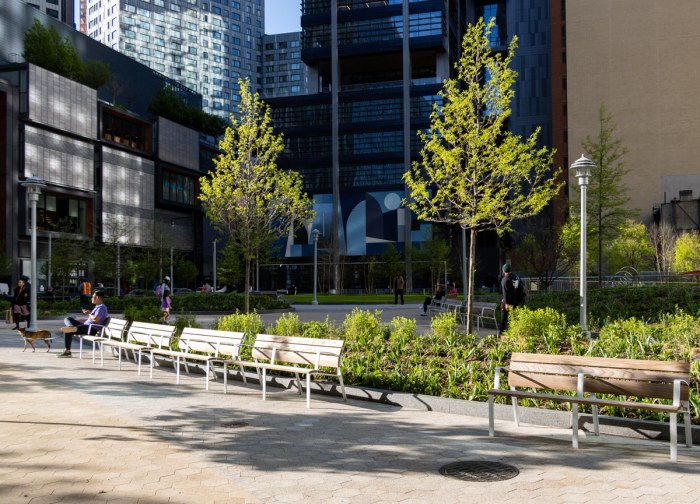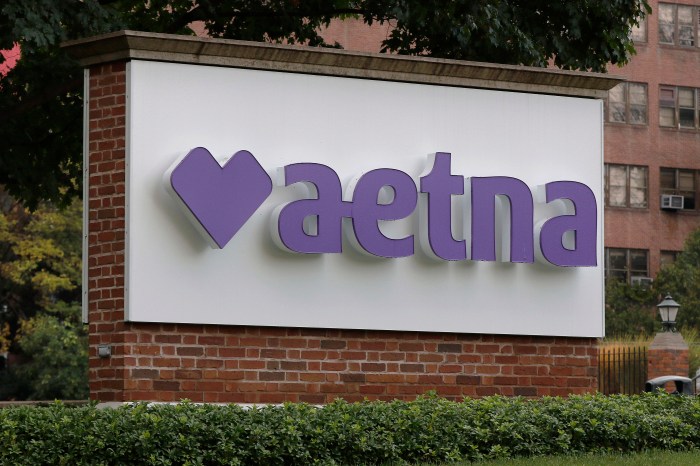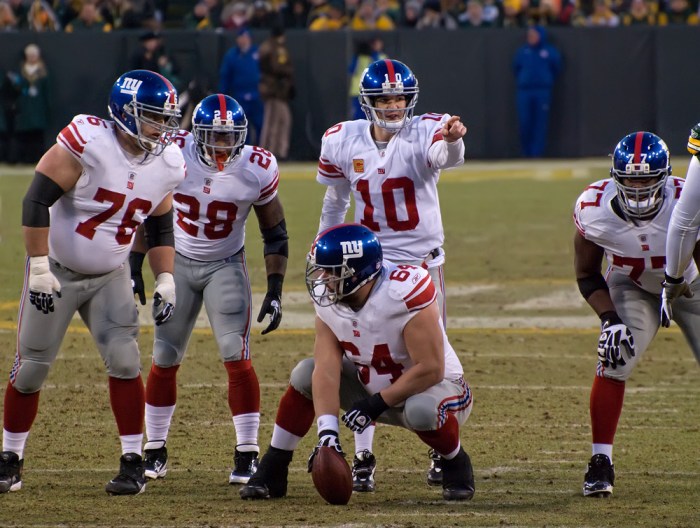Weeks after the city’s proposal to turn two Park Slope avenues into one-way streets was rejected by the community, officials narrowly won approval for a new plan to calm traffic on Ninth Street.
The new Department of Transportation plan — which was presented to Community Board 6’s Transportation Committee last week — calls for putting Ninth Street, from Third Avenue to Prospect Park West, on a “road diet.”
Currently, the street has two traffic lanes in each direction. The plan would take away one traffic lane in each direction, adding bike lanes on both sides of the street, and adding a left-hand turn bay.
“Ninth Street is not pleasant, and it can be dangerous,” said Josh Benson, the DOT’s Bike Program coordinator who presented the plan to the committee. Benson cited high speeds, difficult left-hand turns and danger to bikers as the main reasons for the conversion.
The current road configuration is the same as roads that carry many more cars each day than Ninth Street, Benson added.
“The excess capacity encourages speeding,” he said, and without a dedicated lane for cars turning left, drivers weave from lane to lane to avoid being stuck behind those turning is also a serious problem.
A similar conversion was done on Vanderbilt Avenue a few years ago, and it has been successful, said Benson. Vanderbilt carries 19,000 cars a day, while Ninth Street carries 11,500.
Ninth Street connects bikers to an “existing bicycle network,” said Benson, which can take them from Red Hook to Prospect Park.
And since the only real change to be made is adjusting the road markings, Benson said, “We can do this very quickly.”
The agency plans to change the street markings in July.
Even though CB6’s approval is not required, many residents still had praise and complaints for the DOT.
“You say Ninth Street is one of the busiest streets in the neighborhood,” one man groused. “Then how does it make any sense to add bike lanes?”
Several people at the meeting were worried that bike lanes would interfere with a rampant Park Slope practice of briefly double parking to unload groceries or escort someone home.
Paul White, executive director of Transportation Alternatives, defended the DOT.
“People already bike on Ninth Street,” White said. “It’s a reality. And we support this plan because of the pedestrian safety improvements as well.”
Committee member Hildegard Link also defended the DOT plan, which she saw as a traffic-calming measure — the opposite of the plan to make Sixth and Seventh avenues into one-way streets, which most residents thought would speed up traffic.
“What they’ve proposed is a calmer street,” said Link.
And Councilman Bill DeBlasio (D–Park Slope) threw his support behind the plan — provided that people who need to double-park for short periods of time won’t be targeted for ticketing.
“I’m comfortable with bike lanes as long as there’s no disruption of daily life,” he said.


